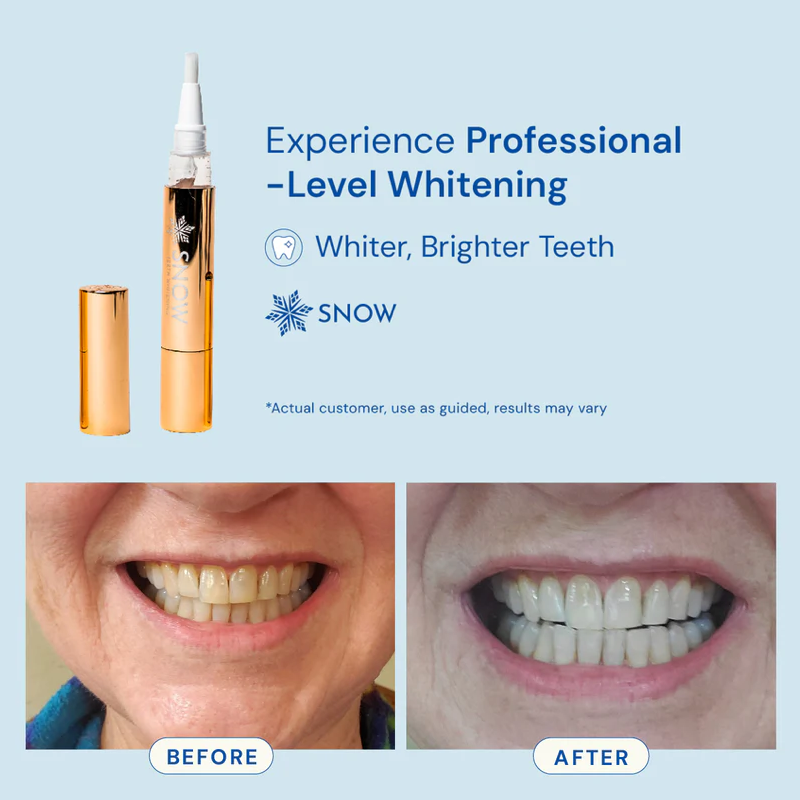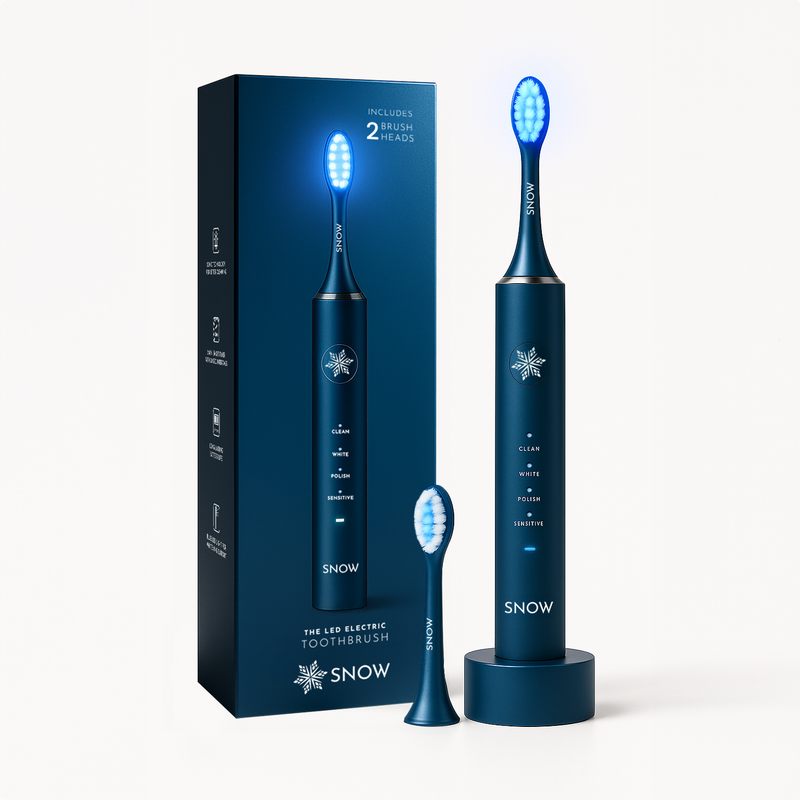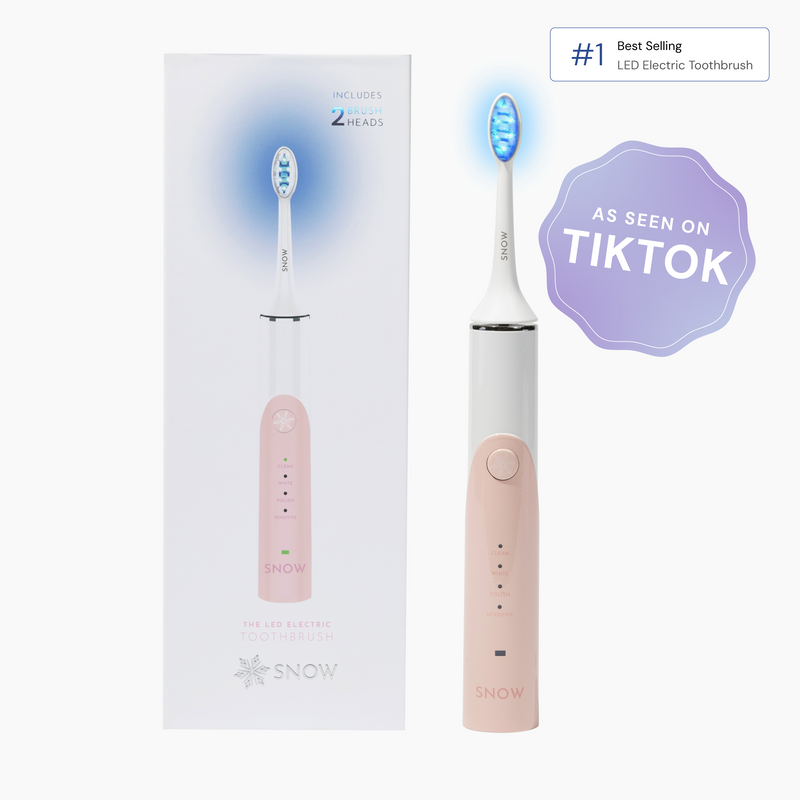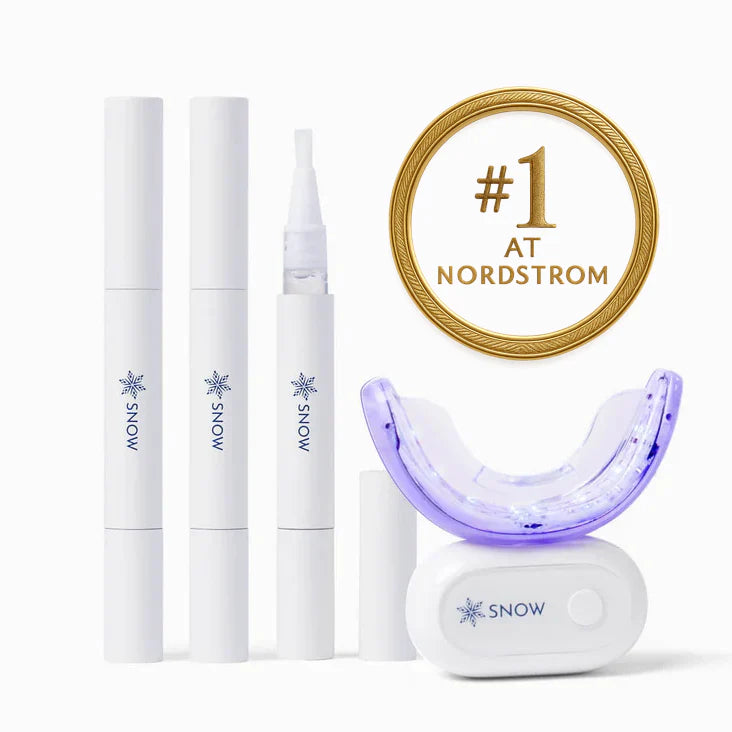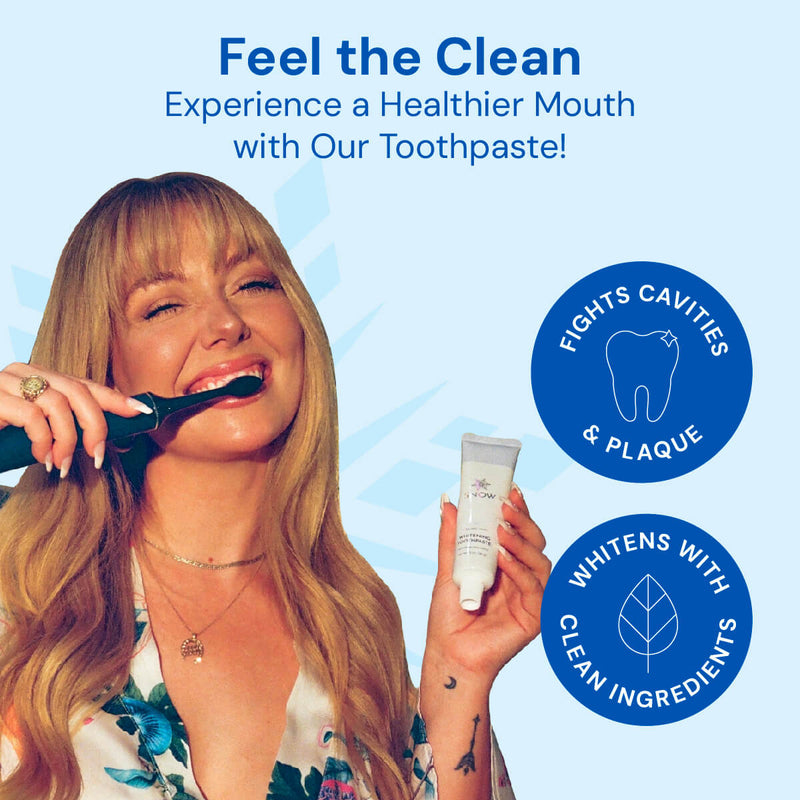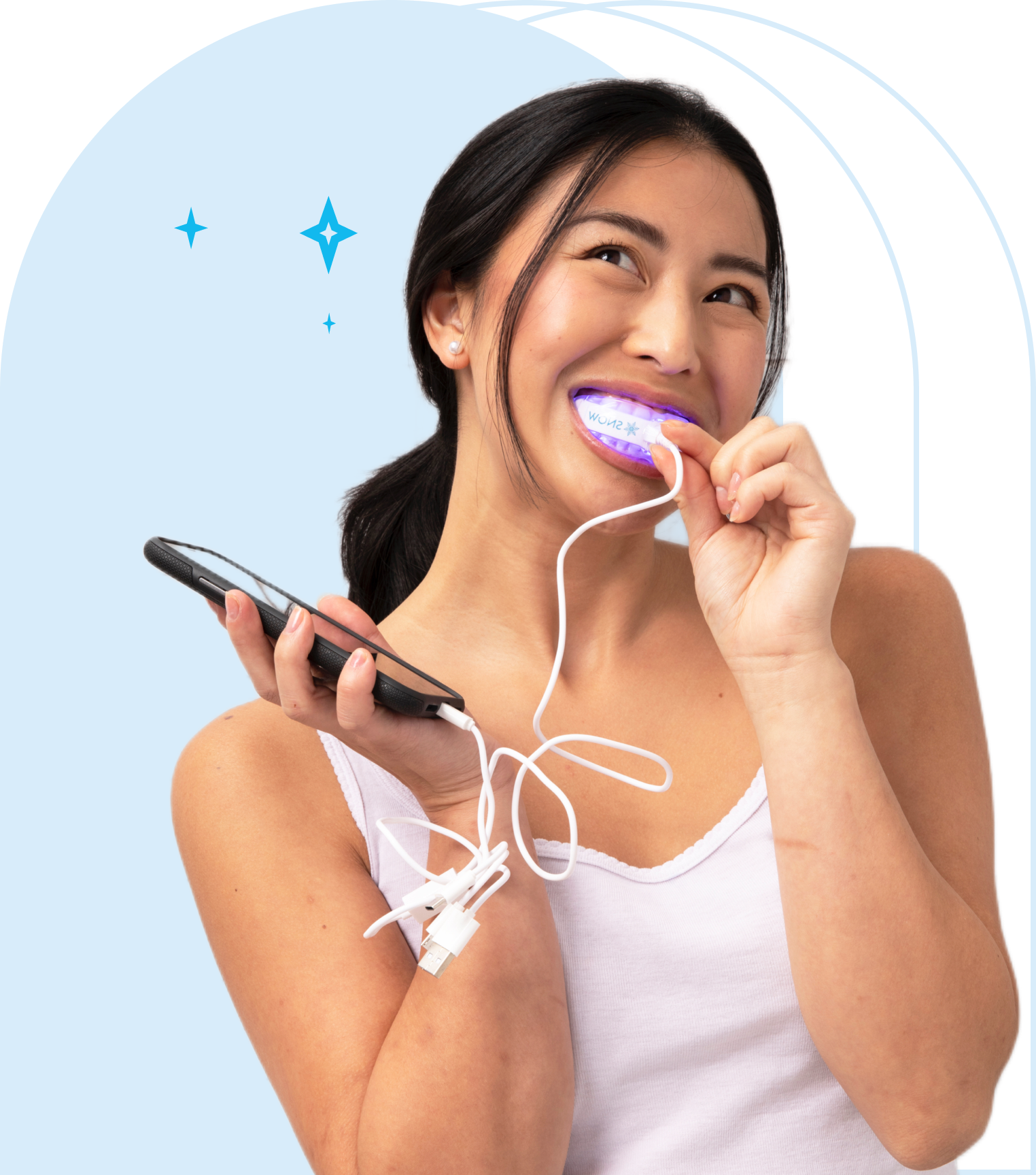If you’re wondering how often should you change your electric toothbrush, most experts agree on every three to four months. Over time, electric toothbrush heads lose their effectiveness, with studies showing bristle stiffness can decrease by up to 40 percent and cleaning power by 30 to 50 percent.
A worn brush head or frayed toothbrush head can reduce plaque removal and irritate gums. To get the most out of your electric toothbrush, replace its heads regularly for better oral hygiene and healthier results.
Key Takeaways
-
Electric toothbrush heads should be replaced every 3 to 4 months to ensure optimal oral health and effective plaque removal.
-
Factors such as aggressive brushing, illness, and children’s brushing habits can affect how often toothbrush heads need to be replaced.
-
Regularly monitoring signs like frayed bristles and reduced cleaning efficiency is essential for maintaining good oral hygiene and preventing gum disease.
Recommended Replacement Frequency
To maintain optimal oral health, the American Dental Association recommends replacing your electric toothbrush head regularly every 3 to 4 months. Over time, bristles lose their shape and stiffness, reducing their cleaning effectiveness. This reduces plaque removal and can compromise your ability to maintain optimal oral hygiene.
Watch for signs like frayed or bent bristles, discoloration, trapped debris, or a noticeable drop in performance. After illness, it’s also best to switch to a new brush head to avoid bacterial reinfection.
Heavy brushing, brushing more than 2 times per day, or aggressive pressure can cause most electric toothbrush heads to wear out faster. Swapping your electric brush head on time ensures every session supports optimal oral hygiene and protects your teeth and gums from long-term issues.
Factors Influencing Replacement Frequency
Beyond obvious signs like frayed bristles or illness, several lesser-known factors can shorten the lifespan of your electric toothbrush head. Understanding these variables can help you better protect your investment and maintain optimal oral hygiene.
1. Abrasive Toothpaste
Toothpastes with gritty ingredients or whitening agents often contain abrasive particles designed to scrub stains off tooth enamel. While effective for surface cleaning, these abrasives also wear down bristles faster. This can lead to premature fraying and a reduced ability to clean thoroughly, meaning you may need to replace your brush head sooner than the typical 3-month timeline.
2. Improper Brushing Technique
Electric toothbrushes are designed to do the work for you. Using excessive pressure or aggressive scrubbing motions not only damages your gums but also breaks down the bristle structure. Instead, let the oscillating or sonic movement of the electric brush guide the cleaning using light pressure for best results.
3. Poor Storage Conditions
Storing your brush head in an enclosed, humid container such as a travel cap or drawer can trap moisture and promote bacterial growth. This degrades bristle integrity and compromises hygiene. It’s best to store your toothbrush upright in a well-ventilated space where it can dry thoroughly between uses.
4. Hard Water Exposure
Mineral-rich or “hard” water can leave calcium or lime deposits on your brush head. Over time, these build-ups stiffen bristles and reduce flexibility. If you live in a hard-water area, rinse your brush head thoroughly after each use and occasionally soak it in vinegar or a toothbrush-cleaning solution to remove mineral residue.
5. Frequency of Use for Multiple Users
In some shared household settings, a single electric toothbrush handle may be used with different heads. However, if someone uses their brush head more than twice a day or extends their brushing time significantly, the bristles will wear out faster, regardless of brand. Adjust the replacement schedule accordingly.
Being mindful of these contributing factors can help you assess whether it’s time for a new brush head, even if you haven’t hit the 3-month mark. Protecting the integrity of your electric toothbrush head ensures more effective plaque removal and a cleaner, healthier mouth.
Impact of Children's Brushing Habits
Children’s brushing behavior plays a significant role in the life of your electric toothbrush head. Due to aggressive brushing, chewing, and a lack of motor control, kids tend to wear out their bristles more quickly than adults do. Research published in Current Pediatric Research evaluated the wear index and wear rate in 50 kindergarten children and found that after just 4 weeks, the average wear rate more than doubled compared to just 1 week of use.
The study observed cracked bristle tips and increased bacterial buildup in brushes used for extended periods. Boys, in particular, showed higher wear rates than girls. This rapid deterioration not only shortens the brush's lifespan but also reduces its ability to remove plaque and maintain dental hygiene.
Because of this, experts recommend replacing children’s electric toothbrush heads every 2 months, rather than waiting the standard 3 months. Using soft bristles, avoiding excessive pressure, and storing the brush in an upright position can help preserve bristle quality and support healthier teeth.
Signs It's Time to Replace Your Electric Toothbrush Head
Replacing your electric toothbrush head regularly is essential for maintaining hygiene and supporting long-term oral health. As bristles wear down, their ability to remove plaque effectively decreases, making it more difficult to prevent gum disease. That’s why staying alert to early signs of wear is key.
If you're unsure whether it’s time for a new brush head, watch for these common indicators:
Frayed or Bent Bristles
Frayed or bent bristles are one of the most visible signs that your toothbrush head is past its prime. These worn bristles can irritate your gums and contribute to sensitive teeth, even when they fail to clean effectively. Many dental professionals recommend inspecting your brush head frequently for these signs of wear.
Discoloration or Debris
If your toothbrush head shows discoloration or has visible food particles stuck between bristles, it's time for a replacement. These signs not only reduce cleaning efficiency but can also harbor bacteria, undermining your oral hygiene efforts.
Reduced Cleaning Power
When your teeth don't feel clean after brushing, or plaque begins to build up again quickly, your brush head may be losing its effectiveness. Reduced cleaning power is a typical result of overused bristles and can make it more difficult to prevent gum disease.
To maintain optimal results and support better oral health, replace your toothbrush head every 3 months, or sooner if you notice any of these signs. This habit supports preventing gum disease and ensures consistent cleaning performance.
For an elevated routine, consider pairing your electric toothbrush with SNOW’s whitening collection to keep your teeth clean, polished, and looking their best between replacements.
Shop The Complete SNOW Collection
Cost Considerations for Replacing Electric Toothbrush Heads
Replacing your electric toothbrush head every 3 to 4 months is crucial for maintaining good oral hygiene and preventing gum disease. As bristles wear down, they lose their ability to remove plaque effectively, which can lead to plaque buildup, gum disease, and reduced cleaning power. Many dental professionals agree that regularly replacing your brush head supports long-term oral health and overall dental hygiene.
Understanding the cost and managing it with innovative strategies can help you stay consistent and protect the life of your electric toothbrush.
Annual Costs
Keeping your electric toothbrush performing its best means replacing the head regularly. According to many dental professionals, you should replace your electric toothbrush head every 3 months for optimal results. That adds up to about four replacement heads per year.
If you’re using the SNOW LED Electric Toothbrush (Gen 2), here’s what your annual cost might look like:
-
A 3-pack of SNOW replacement heads costs about $30, bringing your yearly total to around $60 if you restock twice.
-
A 6-pack costs approximately $51, covering the whole year at only $8.50 per head.
That means your total annual cost ranges from $51 to $60, depending on how you buy. Investing in quality heads ensures better plaque removal, stronger gum health, and long-term oral care without compromise.
Cost-Effective Strategies
Replacing your electric toothbrush head doesn’t need to be costly; small habits can help you save while maintaining good oral hygiene.
-
Buy in bulk: SNOW’s 6-pack offers the best value and ensures you always have a new brush ready when it’s time for a change.
-
Subscribe and save: With SNOW’s refill subscription, you can save money and never forget to replace your heads on time.
-
Take advantage of seasonal deals: During Black Friday and other sales, SNOW offers up to 49% off, making it the perfect time to stock up.
-
Bundle for complete care: Pair your new brush heads with SNOW’s whitening toothpaste or LED Electric Toothbrush for a complete oral care upgrade.
Regularly replacing your brush head keeps your dental hygiene in top shape, prevents gum disease, and ensures healthier teeth for years to come.
Upgrade to the SNOW Electric Toothbrush Today
Maintenance Tips to Extend the Life of Your Electric Toothbrush Head
To get the most out of your electric toothbrush, both in performance and longevity, proper care is essential. While regularly replacing your brush head every three months is important, daily maintenance supports better plaque removal, improves gum health, and helps maintain long-term oral health.
1. Proper Cleaning Techniques
Rinse your toothbrush head thoroughly after each use using cold water. This helps remove leftover toothpaste and stuck-on particles, reducing harmful bacteria and extending the life of your electric toothbrush head. Many dental professionals also suggest soaking the brush head briefly in antibacterial mouthwash once a week to maintain hygiene and prevent plaque buildup.
2. Storage Best Practices
Proper storage is critical. The American Dental Association recommends placing your toothbrush in an upright position with the bristles pointing downward. Allow it to air dry in a well-ventilated area and avoid storing it in closed containers. Trapped moisture can lead to bacterial growth and reduce the effectiveness of your toothbrush head over time.
3. Use Gentle Brushing Techniques
Using gentle circular motions while brushing helps preserve bristle shape and supports consistent cleaning. Brushing with excessive pressure wears out bristles faster, shortens battery life, and can cause gum damage. Rely on innovative features, such as pressure sensors when available, and maintain a steady brushing technique to improve dental hygiene and reduce cleaning power loss.
4. Know When to Replace
Over time, even the best toothbrush heads experience bristle wear. Look for visible wear, frayed bristles, reduced cleaning power, and decreased performance. These are all signs it may be time for a new brush. Replacing your toothbrush head every 3 months or sooner if needed is essential for good oral hygiene, especially if you wear braces or have aggressive brushing habits.
Replacing the electric toothbrush head every 3 months effectively removes plaque, prevents gum disease, and improves overall oral health. Following these practices supports the life of your electric toothbrush and promotes healthier teeth and gums.
When to Replace the Entire Electric Toothbrush Unit
While regularly replacing your toothbrush head is crucial, there comes a time when the entire electric toothbrush unit may need to be retired. Recognizing early signs of decline can help protect your oral health and ensure your device continues to remove plaque and support effective oral hygiene.
1. Signs of Motor Failure
If your toothbrush handle begins to jiggle excessively, vibrates unevenly, or emits unusual sounds, it may indicate internal motor failure. Overheating during use is another red flag. These issues often lead to reduced cleaning power, compromising your brushing routine and increasing your risk of gum disease over time.
2. Battery Life Issues
Battery life is a key indicator of your toothbrush's overall health. If you notice your device no longer holds a charge, drains quickly, or takes significantly longer to recharge, it may be time for a new toothbrush. Many dental professionals recommend upgrading once battery issues interfere with consistent cleaning and brushing effectiveness.
3. General Wear and Tear
Even with proper storage and maintenance, daily use will eventually lead to wear and tear. A worn toothbrush handle, faded control buttons, or decreased vibration performance all signal it’s time for a new unit. Poor brushing technique, excessive pressure, and even toothpaste abrasives can accelerate this deterioration.
Upgrading to a toothbrush like the SNOW LED Whitening Electric Toothbrush offers benefits beyond routine cleaning. With 39,000 sonic vibrations per minute, pressure-smart technology, and LED whitening built in, it’s engineered for healthier teeth, better plaque removal, and long-term oral health.
Upgrade to SNOW’s Advanced LED Toothbrush Today
Final Thoughts
Sticking to a replacement schedule of every 3 to 4 months for your electric toothbrush head is essential for maintaining good oral hygiene. It helps remove plaque more effectively, reduces the risk of gum disease, and supports long-term oral health.
Watch for signs like frayed bristles or reduced cleaning power, and replace your brush head as needed. Consistent upkeep combined with proper brushing technique ensures your device performs at its best.
For a more innovative way to care for your teeth, consider the SNOW LED Whitening Electric Toothbrush. It features advanced sonic cleaning and built-in whitening technology for a complete oral care upgrade.
Explore the SNOW Toothbrush Collection
Frequently Asked Questions
Get quick answers to common questions about electric toothbrush care, replacement timing, and tips for maintaining optimal oral hygiene.
When should you throw away your electric toothbrush?
You should replace your electric toothbrush every three to four months, or sooner if the bristles become frayed. Keeping your toothbrush in good condition is essential for maintaining adequate oral hygiene.
How often should you replace your electric toothbrush head?
Replace your electric toothbrush head every three to four months for optimal cleaning effectiveness. Regular replacement helps maintain oral hygiene and ensures effective plaque removal.
How can you extend the life of your electric toothbrush?
To extend the life of your electric toothbrush, ensure you rinse it thoroughly after each use, regularly disinfect it, store it in an open area, and use gentle brushing techniques. These practices will help maintain its functionality and hygiene over time.
What should you consider when choosing an electric toothbrush?
When choosing an electric toothbrush, prioritize your dental needs and select a reputable brand. Additionally, evaluate the brushing modes and features, ensuring compatibility with replacement brush heads.

















































